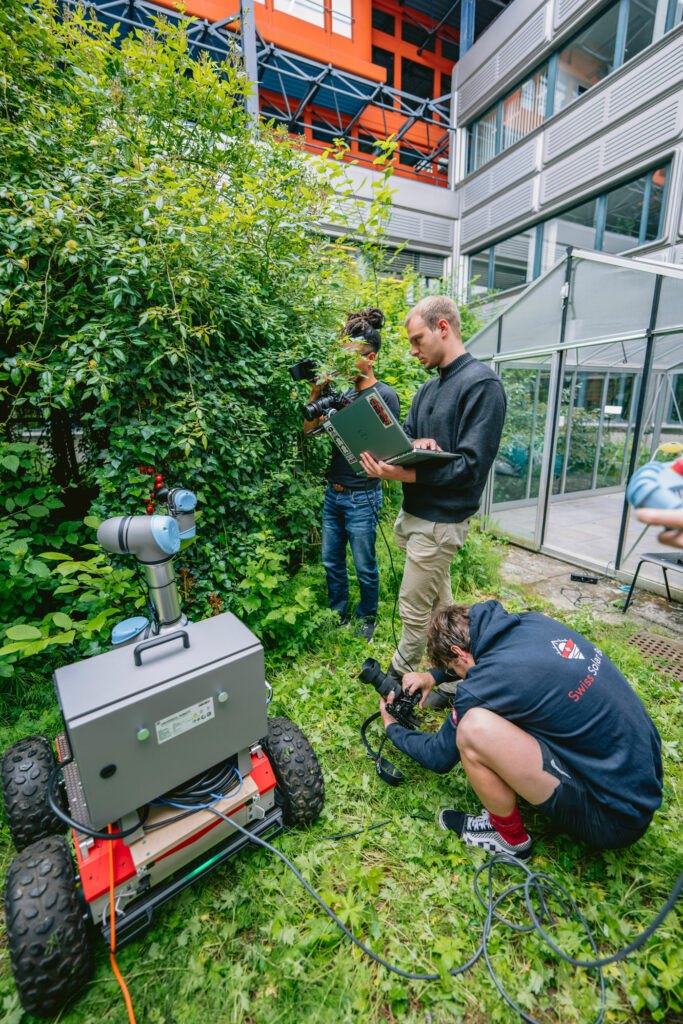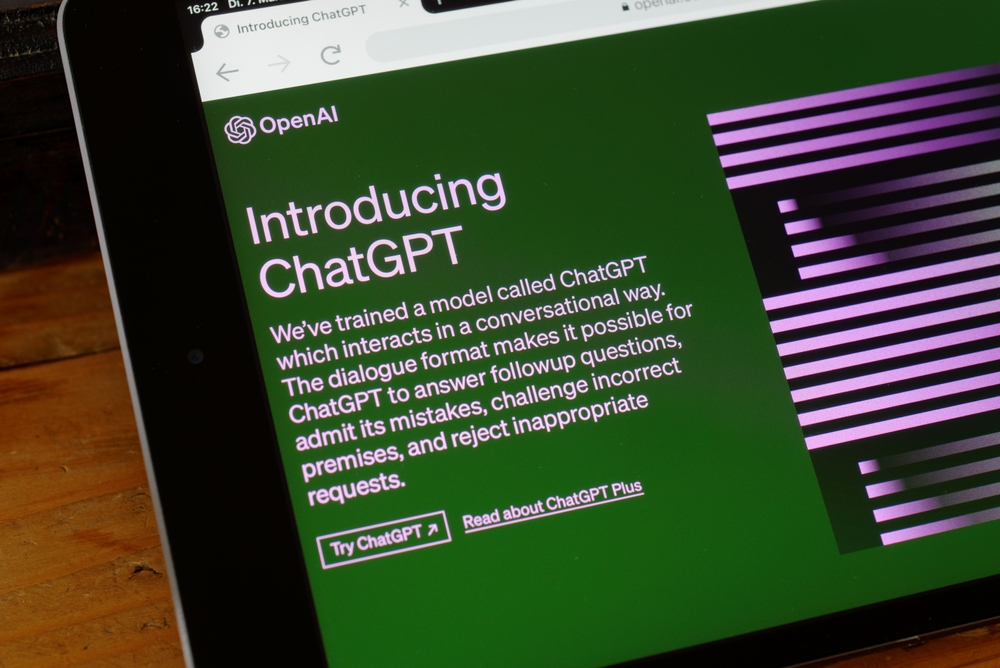Researchers Delft University of Technology in the Netherlands and the Swiss Federal Institute of Technology (EPFL) collaborated with ChatGPT to design a robot.
The study, published in Nature, explores conversing with ChatGPT to find robotic solutions to real-world problems. “We wanted ChatGPT to design not just a robot, but one that is actually useful,” says co-author Della Santina.
The design process involved two stages: ideation and realization. First, the team asked ChatGPT, “What are the future challenges for humanity?” to which it replied food shortages, aging populations, and climate change (it didn’t get the memo about AI, then).
The team decided to explore food shortages and probed the AI for ideas surrounding how to solve them. Co-author Francesco Stella said, “For example, the chat robot taught us which crop would be most economically valuable to automate.”
After some deliberation, ChatGPT came up with a tomato-harvesting robot. The researchers note that their roles shifted toward technicians and the AI towards the designer.
“While computation has been largely used to assist engineers with technical implementation, for the first time, an AI system can ideate new systems, thus automating high-level cognitive tasks,” said researcher Francesco Stella.
ChatGPT delved into some of the finer details of building a tomato-harvesting robot, which would have a motor-driven silicone-linked gripper for gently pulling tomatoes from the vine.
It also suggested a Dynamixel motor and even provided examples of Python code for programming the robot. A Dynamixel motor is specially designed for robotic applications.
The research team then decided to turn ChatGPT’s designs into reality and set about building the robot, which was tested at Delft University.

Practical and ethical challenges
The researchers acknowledged that ChatGPT’s opinions regarding the ‘most profitable’ use cases for robots are largely unverifiable. Nevertheless, this novel example of human-robot collaboration proves ChatGPT is capable of real, factually-driven suggestions for robotic design.
Researcher Josie Hughes said, “this may be biased towards crops that are more covered in literature, as opposed to those where there is truly a real need. When decisions are made outside the scope of knowledge of the engineer, this can lead to significant ethical, engineering, or factual errors.” Hughes also pointed out that an AI-generated design might be biased towards more documented crops rather than those truly in need.
The team also cautioned about potential ethical risks associated with such use of AI, including bias, plagiarism, and intellectual property concerns.
Despite these pitfalls, the team believes that if well managed, LLMs could accelerate the design of robotic solutions to contemporary real-world problems.





